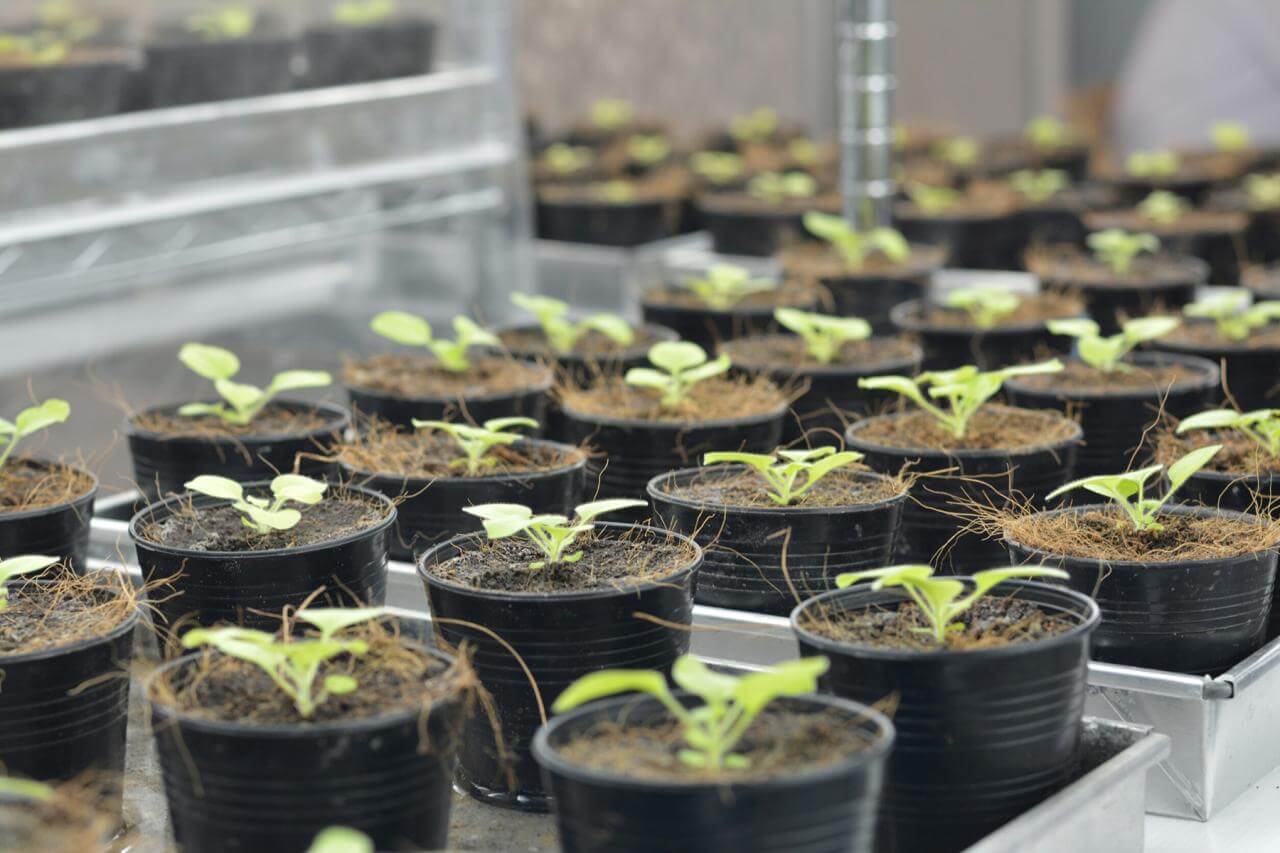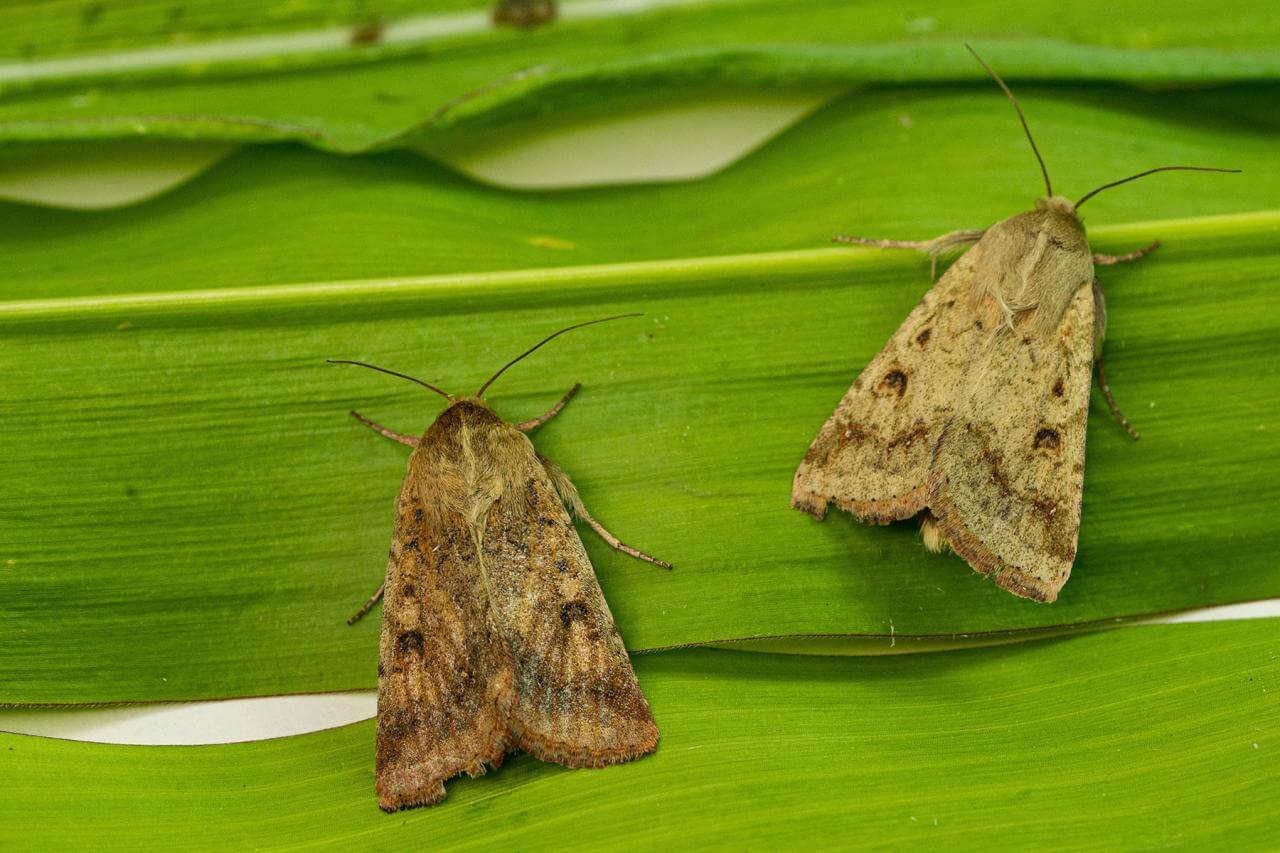NORWICH, United Kingdom — A sexy perfume coming from engineered plants could replace harmful pesticides which keep bugs away, a new study reveals. Scientists in the United Kingdom say these pheromones are complex chemicals produced and released by organisms to communicate and let others know they’re looking for love.
Pheromones can be created chemically but this is often expensive and creates toxic by-products. The new process works by farmers hanging pheromone dispersers among their crops, mimicking the signals of female insects which distract the males and prevents them from laying eggs in the crop.
The new tech gets plants to produce these valuable products naturally and runs only on sunlight and water, making them cheaper and less harmful to the plants.
“Synthetic biology can allow us to engineer plants to make a lot more of something they already produced, or we can provide the genetic instructions that allow them to build new biological molecules, such as medicines or these pheromones,” says Dr. Nicola Patron, who led this new research and heads the Synthetic Biology Group at the Earlham Institute, in a media release.

The team used a species of tobacco plant called Nicotiana benthamiana to produce the moth sex pheromones. The same plant has previously been engineered to create ebola antibodies and even coronavirus-like particles for use in COVID vaccines.
They built new sequences of DNA in the lab to mimic the moth genes. Researchers then introduced a few molecular switches to regulate their expression, which effectively turns the manufacturing process on and off.
“As we increase the efficiency, too much energy is diverted away from normal growth and development,” Dr. Patron explains.
“The plants are producing a lot of pheromone but they’re not able to grow very large, which essentially reduces the capacity of our production line. Our new research provides a way to regulate gene expression with much more subtlety.”
To make their cutting-edge discovery, the team tested and refined the control genes responsible for producing the mix of specific molecules that mimic the sex pheromones of moth species. The moths included navel orange worm and cotton bollworm moths.

The experiments show that copper sulphate could finely tune the activity of the genes, allowing them to control both the timing and level of gene expression. This is particularly important as copper sulphate is a cheap and readily available compound already approved for use in agriculture.
Study authors were even able to carefully control the production of different pheromone components, allowing them to tweak the cocktail to better suit specific moth species. By using precision gene engineering techniques, they were able to turn tobacco plants into solar-powered factories for moth sex pheromones.
“We’ve shown we can control the levels of expression of each gene relative to the others,” Dr. Patron adds. “This allows us to control the ratio of products that are made.”
“Getting that recipe right is particularly important for moth pheromones as they’re often a blend of two or three molecules in specific ratios. Our collaborators in Spain are now extracting the plant-made pheromones and testing them in dispensers to see how well they compare to female moths.”
The team hopes their work will pave the way to routinely use plants to produce a wide range of valuable natural products.
“A major advantage of using plants is that it can be far more expensive to build complex molecules using chemical processes,” Dr. Patron concludes. “Plants produce an array of useful molecules already so we’re able to use the latest techniques to adapt and refine the existing machinery.”
“In the future, we may see greenhouses full of plant factories – providing a greener, cheaper and more sustainable way to manufacture complex molecules.”
The study is published in the journal Plant Biotechnology.
South West News Service writer Alice Clifford contributed to this report.

